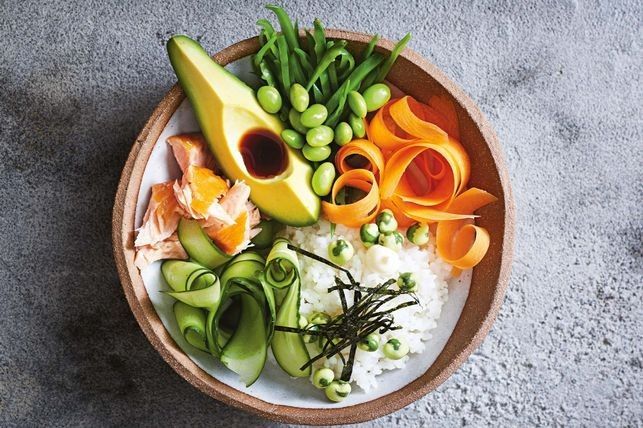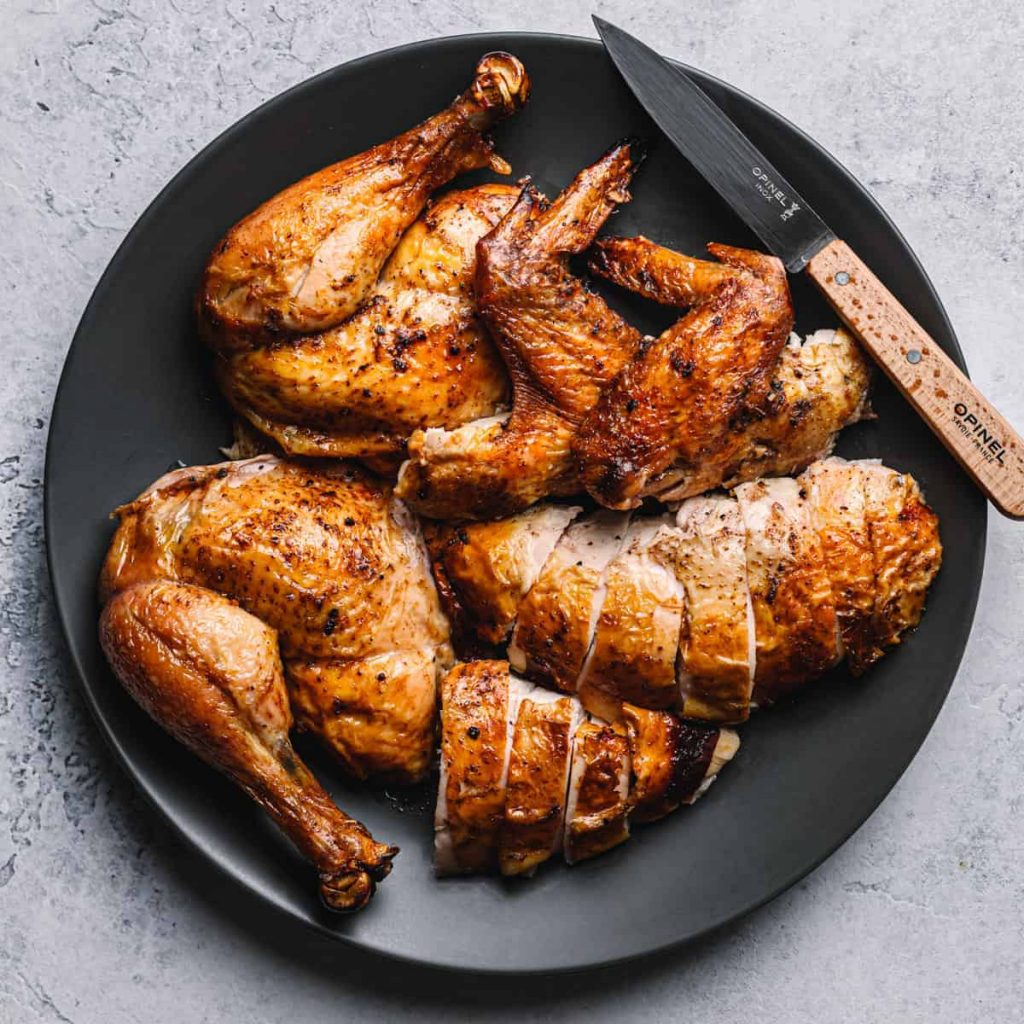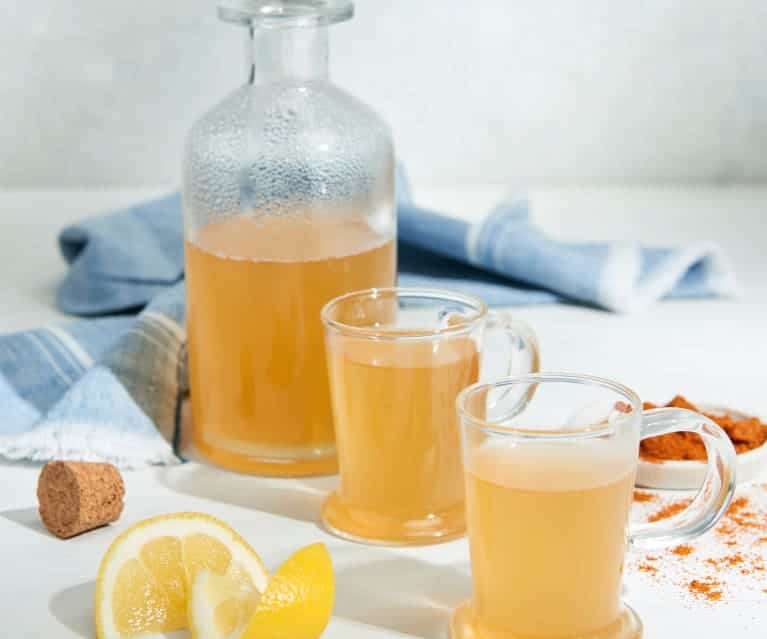
Bread is an irreplaceable culinary component in almost every kitchen worldwide. Unfortunately, it isn’t considered a truly healthy option, as it offers little nutritional value compared to the amount of calories it has. But what if you could substitute it with something that is packed with nutrients, satiating, easy to make, and still has a delicious taste? That’s what rye bread is all about.
What is rye bread?
Rye bread is a bread variety made from ground rye berries. It has a slightly sweeter and tangier flavor compared to the standard white bread made from wheat flour. It comes in multiple colors (both lighter and darker) depending on the type of rye flour you use. Its standout feature is that it’s packed with nutrients, fiber, and vitamins, which makes it a healthier choice compared to many other breads.
Many would describe this healthy bread as a very versatile culinary creation. You can make it more airy, denser, tangier, and milder…you can adjust it to your taste even if you’re a picky eater. The secret is in many different types and preparation methods you can use.
Flour choices:
- Light rye flour – as the name suggests, light rye flour is the ideal choice for lighter and airer loaves with a mild rye flavor.
- Medium rye flour – this flour type is the middle ground of texture and flavor, with a noticeable rye taste and a slightly denser texture.
- Dark rye flour – dark rye flour has the densest texture and is the most flavorful. It’s packed with nutrients and has a strong rye taste.e.
Yeast types:
- Sourdough rye – this traditional method uses a natural sourdough starter for fermentation, giving it a tangier flavor, longer shelf life, and improved digestibility.
- Commercial yeast rye – this is a quicker method as you’d use commercially produced yeast for fermentation, offering a milder flavor and faster rise times.
Soaking and scalding:
- Soaking – soaking rye flour or berries before preparing the dough helps soften the bran. That gives it a smoother texture and better digestibility.
- Scalding – pouring boiling water over some rye flour before mixing creates a gelatinous consistency.
Baking techniques:
- Steaming – adding steam during baking creates a moist environment. That environment is perfect for a softer crust of lighter rye bread.
- Dry heat baking – baking in a dry oven creates a crispier crust and a chewier crumb. It’s ideal for denser whole-grain breads like pumpernickel.
Benefits of rye bread
In addition to its delicious taste, rye bread is a nutritional powerhouse and offers plenty of benefits that will boost your health.
Firstly, rye bread is known for its high fiber content, especially compared to classic wheat bread. Dietary fiber is irreplaceable for healthy digestion, creating a healthy gut environment, and sustaining regular bowel movements.
Another perk of high-fiber foods like rye bread is that it keeps you feeling full for longer periods. Hence, if you tend to snack more often than you should, add rye bread to your weight loss meal plan and enjoy sustained energy with reduced cravings.
The king of bread is a rich source of B vitamins, including thiamine, niacin, and B6. The combination of these vitamins plays key roles in your body’s metabolism, allowing it to convert food into energy efficiently.
They also contribute to healthy nerve function and support a healthy brain. So, fuel your day with a slice of rye bread and enjoy the benefits of increased energy levels and enhanced cognitive function.
The fiber content in rye bread not only improves your digestion but also provides major benefits for your heart health. Fiber helps lower bad cholesterol (LDL) levels while increasing good cholesterol (HDL) levels, which together create a healthy cholesterol profile.
Finally, this healthy bread is a fantastic source of essential minerals (that includes iron, magnesium, and phosphorus). These minerals have their respective roles in improving bone health, muscle function, and oxygen transport. So, by including whole-grain bread in your diet, you’re ensuring your body receives a variety of essential nutrients for optimal health.
How to make rye bread
Making your own homemade rye bread is easier than you may think. Even if you’re a complete culinary beginner, you can reap all the benefits of healthy bread by following these instructions.
Ingredients:
- rye flour – depending on your desired texture and flavor, choose from light, medium, or dark rye flour. Experiment with combinations for even more variety;
- active dry yeast or sourdough starter – this will act as the leavening agent, making your dough rise beautifully;
- warm water – it activates the yeast and creates a moist environment for dough development;
- salt – it enhances flavor and stabilizes the dough;
- honey or molasses – these natural sweeteners add depth of flavor and promote browning;
- caraway seeds (optional) – these classic nutritious bread companions add a distinctive peppery flavor;
- olive oil – it keeps the dough supple and adds richness.
Baking instructions:
Start by combining warm water, yeast, and honey/molasses. Let it sit for a few minutes until foamy. Then, add the rye flour, salt, caraway seeds (if using), and olive oil. Mix everything well to form a shaggy dough. Now, lightly flour your working surface and knead the dough for around 10 minutes until it becomes elastic and smooth. A stand mixer with a dough hook is also a viable option.
Transfer the dough in a greased bowl. Cover it up with plastic wrap and set it aside to rise in a warm place for one to two hours until it doubles in size. Once it doubles in size, it’s ready for shaping,
Gently punch the dough to shape it into a loaf or desired shape. Put it in a loaf pan that’s been coated with grease or on a baking sheet. Cover and let it rise again for 30-45 minutes.
While the dough is on its second rise, preheat your oven to 375°F (190°C). Brush the loaf with water or milk for a golden crust. Bake it for 30-45 minutes or until the internal temperature reaches 190°F (88°C).
Finally, let the bread cool (you can leave it on the wire rack) for at least 30 minutes before slicing. Enjoy your homemade rye bread masterpiece!
Tips and tricks for perfect rye dough
- use warm, not hot, water for activating the yeast;
- don’t over-knead the dough. Knead just until it becomes smooth and elastic;
- proof the dough in a warm place. This will help it rise properly;
- adjust the time of baking depending on the size and shape of your loaf;
- experiment with different flours, seeds, and spices to create your own unique rye bread variations.
Common rye bread baking challenges
My dough isn’t rising: Make sure your yeast is alive and active and that the water temperature is lukewarm. You might also need to increase the rising time.
My bread is too dense: Try using lighter rye flour or adding less flour to the dough. You can also use a stand mixer with a dough hook to ensure proper kneading.
My bread is too dry: Use a wetter dough recipe or add more water during mixing. You can also brush the loaf with water or milk before baking.
My bread has a burnt bottom: Lower the oven temperature or bake on a baking sheet instead of a loaf pan.
Final thoughts
The king of bread got his name for a reason. Its unique taste and rich nutrient profile make it a healthy option for everyone who wants to do their body a favor. There are plenty of delicious store-bought options you can choose from. Yet, making homemade rye bread adds to the experience and gives you full control over its taste and texture.
With this beginner-friendly recipe, you are set up for success. Share the warmth of freshly baked goodness with loved ones, creating memories that linger long after the last bite.













































